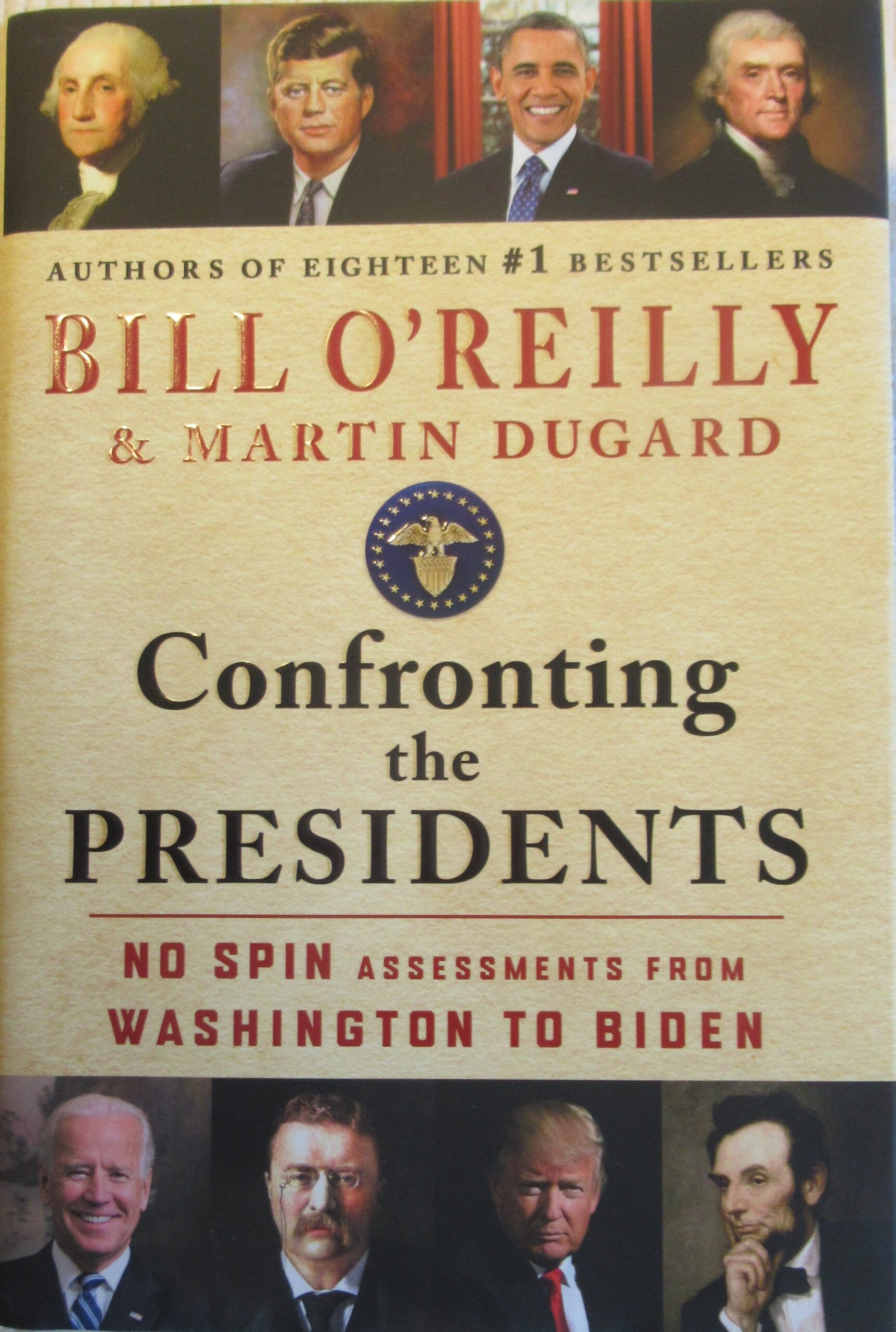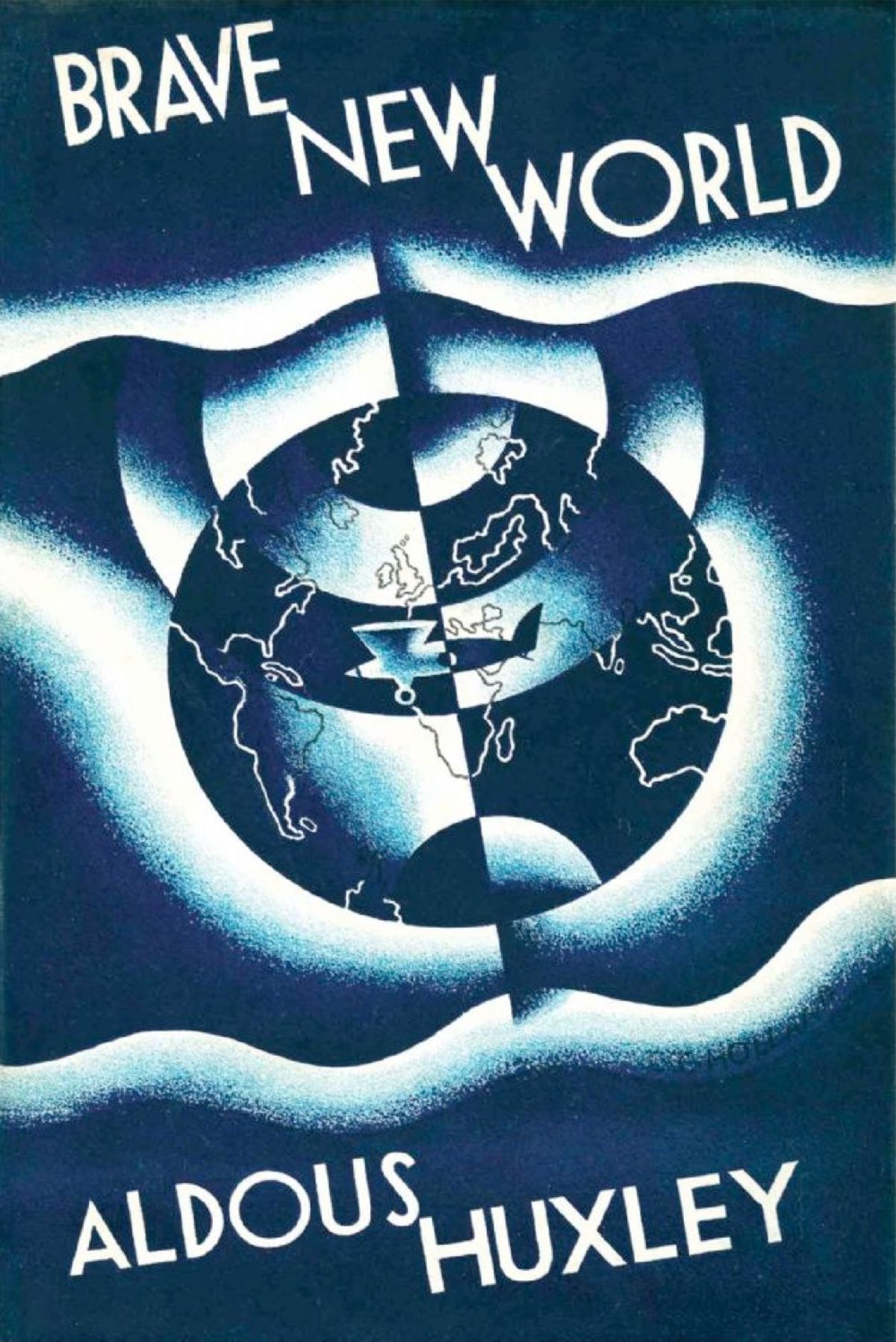Reviewed by John Spencer
Truth be told, my wife and I have read and listened to many of the “Killing” book series by political commentator Bill O’Reilly and historian Martin Dugard. Each of these works offers a vivid snapshot of U.S. history, blending engaging narrative with meticulously researched detail. From Killing Lincoln released in 2011, to Killing the Witches in 2023, O’Reilly and Dugard have consistently captured moments of American heritage in a manner that both educates and entertains.
In their latest work, Confronting the Presidents, the authors provide a sweeping, accessible examination of critical moments in U.S. presidential history. As prominent men in their fields, this writing team brings a signature style of clear and distinct prose combined with deeply researched accounts to present key moments that shaped many American presidents.
This book, like many previous works, continues in the writers’ efforts to engage the public with history in a way that is not only informative, but also captivating. They weave together both well-known and less familiar episodes from the past, offering readers a broad yet insightful exploration of presidential leadership.
One of the standout chapters delves into John F. Kennedy’s handling of the Cuban Missile Crisis, often regarded as one of the most perilous moments in modern history. O’Reilly’s portrayal of Kennedy’s decision-making process masterfully captures the tension of those 13 fateful days in October 1962. His narrative brings to life the intense pressure Kennedy faced – not just from his advisors and military officials, but also from a public largely unaware of how close the world came to nuclear disaster. O’Reilly and Dugard also highlight the complex international negotiations that ultimately averted war, offering fresh perspectives on the gravity of Kennedy’s leadership.
Equally compelling is the examination of lesser-known presidential challenges. The book devotes significant attention to Gerald Ford’s controversial pardon of Richard Nixon, an act that the authors argue may have been one of the most courageous and underappreciated decisions in modern presidential history. Ford’s dilemma is analyzed with a level of nuance that helps readers understand the long-term consequences of political decisions that are often misunderstood or dismissed.
What makes Confronting the Presidents particularly engaging is its breadth. O’Reilly and Dugard explore a wide range of presidential figures; from the Founding Fathers to contemporary leaders, illustrating how the role of the presidency has evolved over time. Each chapter focuses on a specific president and a defining moment in their administration, offering a blend of well-known events and obscure details that deepen the historical narrative.
Stylistically, the authors’ writing remains accessible and engaging. They avoid the dense language of academic history, opting instead for a conversational tone that appeals to a broad audience. This makes the book an excellent introduction to presidential history for general readers, while still offering enough depth to intrigue those well-versed in U.S. history. The storytelling is combined with meticulous research which enhances the readability and appeal of the work.
Personally, I believe this is a book every American high school, trade school, and college student should read. It paints an honest picture of the complexities of presidential leadership, revealing that not all who held the office were fit for the job or honorable in their actions — but all were undeniably human.
Overall, Confronting the Presidents is an engaging and informative work. O’Reilly and Dugard’s ability to distill major historical moments into compelling narratives makes this book a standout in his series. It underscores the immense responsibility of the presidency and reminds readers of the enduring impact of leadership on the nation’s history.







